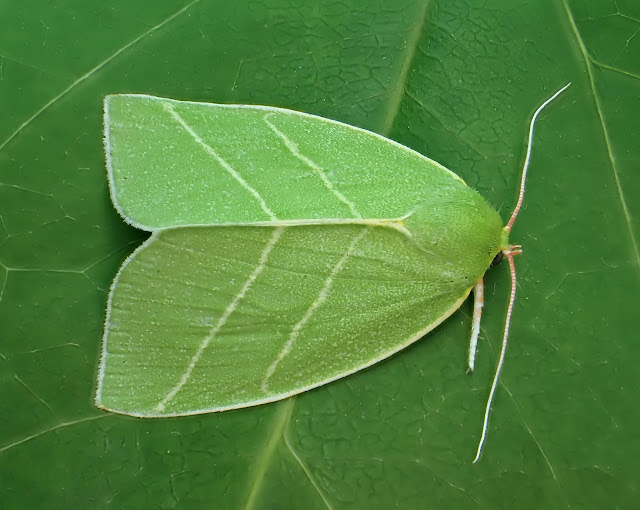AJC Arthropoda
The Joy of Jointed Legs
Monday, 7 July 2025
Contradictory spider
Tuesday, 1 July 2025
Entomology Update - June 2025
It's June, so it's Peak Bioblitz. Much of my activity this month has been dominated by organized group visits and walks. Sadly the results have been dented by the heat and ongoing drought.
Finishing with a bang
Apart from sleeping, I'd almost welcome more tropical nights.
Saturday, 28 June 2025
Got the stomach for it?
Tuesday, 17 June 2025
The Pattern
Sunday, 1 June 2025
Entomology Update - May 2025
May has been a busy month, dominated by bees. I am thankful for the relief from the spring drought at the end of the month.
Friday, 23 May 2025
Free Range Pollen
Wednesday, 21 May 2025
Where the bee sucks
So far so easy - I know the flowers I have taken the pollen from. But can I identify pollen taken from bees to work out what they have been feeding on? There are several useful websites for identifying pollen. The Global Pollen Project is good, but my favourite is the Northumbrian Bees pollen gallery.
By coincidence, this month's Microscope Club also involved messing around with pollen and as usual, I picked up some useful tips. Size as well as shape is a key feature of identifying pollen grains and the standard is to make sure the pollen is fully hydrated before measuring, thus aqueous media are used. Glycerol Jelly is the standard medium but is a pain to work with, so I'm using Magnacol aqueous mountant. In water alone pollen grains are quite frisky and move around, making photography difficult. The Magnacol mountant contains PVA and is quite viscous, which fixes the grains better.
This is very much a work in progress but it will be interesting to see what I can find as the season progresses (assuming there are enough hours in the day).
Where the bee sucks, there suck I:
In a cowslip’s bell I lie;
There I couch when owls do cry.
On the bat’s back I do fly
After summer merrily.
Merrily, merrily shall I live now
Under the blossom that hangs on the bough.











